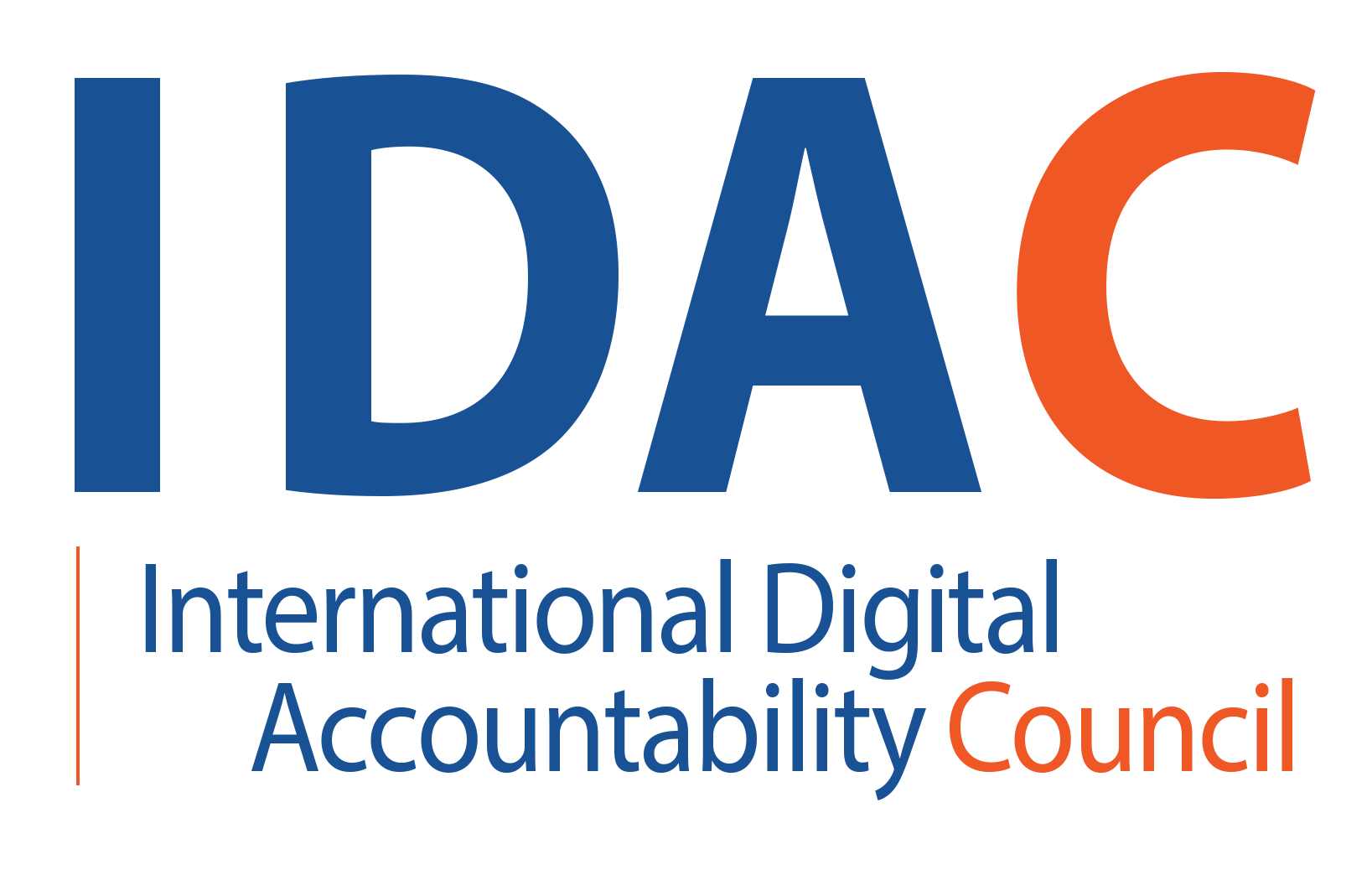As companies and governments rush to hastily develop COVID-19 apps during this pandemic, we must ensure data protection and privacy are not overlooked or compromised. As of April 27, 2020 IDAC has started to investigate 108 global COVID-19 mobile apps across 41 countries to understand whether consumer personal data is being used responsibly. These apps offer a range of services, covering everything from contact tracing, telehealthcare management, symptom assessments, and more.
These 108 apps are a subset of the larger COVID-19 app universe, but we chose to investigate this set based on our ability to locate and download these apps. However, because of access restrictions (e.g., some apps are unavailable outside their country of origin, others are locked and require a national ID to login), we were only able to thoroughly conduct technical tests on 76 Android apps — which still provides us insight into the COVID-19 mobile app landscape. It’s also critical to note that some platforms are monitoring COVID-19 app searches to thwart misinformation.
We are currently analyzing the types of personal data these apps collect, what third parties receive that data, and other data flows. Our goal is to identify practices that don’t align with app users’ reasonable expectations, privacy laws and platform policies, and bring them to the attention of developers, platforms, and policymakers.
Although our investigation is still underway, we found some initial trends that provide a useful framework for what the COVID-19 mobile app universe consists of.
Where are the most apps being created?
We immediately noticed that apps are being rapidly developed and deployed globally, as our investigation looks at apps from 41 countries. When looking at which continent and country the apps were developed by and for (since most apps provide localized services), we noticed that Asian countries lead the charge, with India developing more COVID-19 apps than any other country (18 apps). Europe comes in second, but this picture may change as continents where the pandemic struck later, such as South America and Africa, may start creating more apps.
Who is creating these apps?
We observed that the majority of these COVID-19 apps have been developed by official government entities and private organizations; a total of 65 apps were created either by a government entity, or a joint partnership consisting of government entities and private companies. 32 apps were developed by private organizations, although it appears that some of these companies work closely with governments or local public entities based on apps they’ve previously published.
What categories of apps are being developed?
To better understand this emerging landscape, we placed the 108 apps into the following categories:
- Symptom checkers
- Contact tracing
- Telehealth management
- Quarantine information and enforcement
- COVID-19 specific information (e.g., testing center locations, statistics, and health tips)
- COVID-19 reporting (for reporting potential infection cases or quarantine-breakers)
- Apps for first responders and health practitioners
- General information apps that now have dedicated COVID-19 coverage
We recognize that some apps serve multiple purposes, so we aimed to categorize them based on the app’s description and primary use-case. For example, Israel’s COVID-19 app provides information about quarantines as well as contact tracing. Colombia’s COVID-19 app provides news, a symptom assessment, and quarantine information. And Pakistan’s COVID-19 app provides news, statistics, symptom assessments, and the ability for users to make appointments at nearby hospitals.
What’s next?
These are just a few of the apps our team is currently analyzing to better understand how government agencies and private developers are disseminating COVID-19 app data. We are taking a deep dive into some of the categories we described above and will release more information in the coming weeks.

